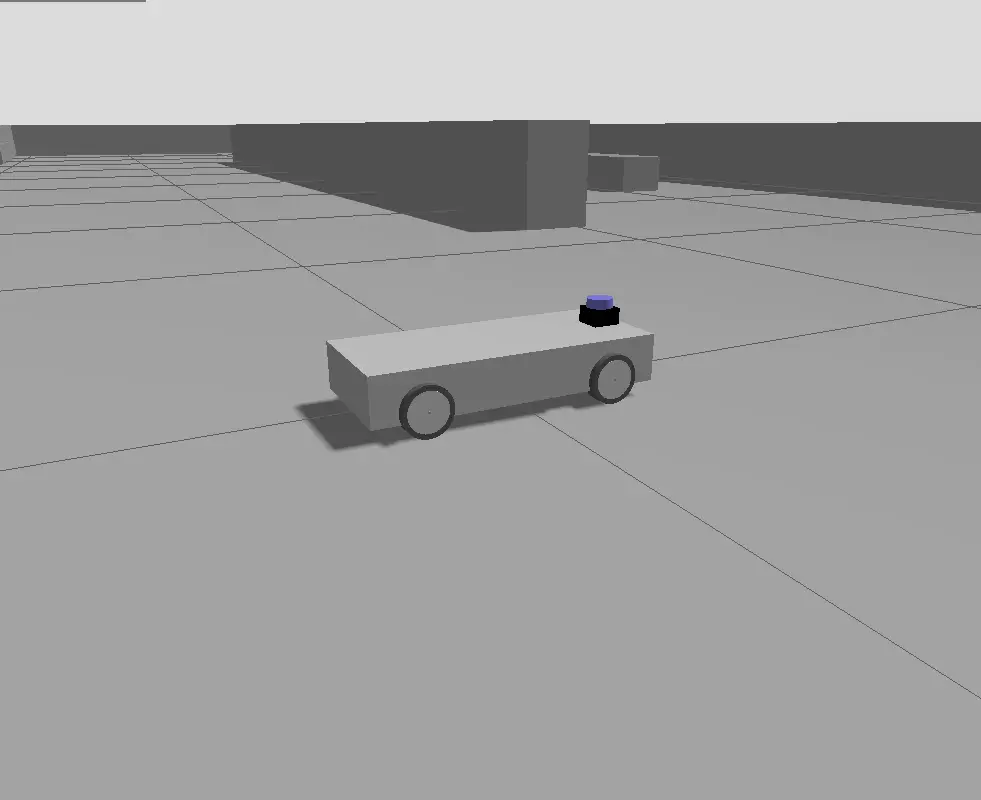
✨ ROS 2 C++ Debugging Setup with VS Code
For our developers working in robotics in Berlin with ROS
When building a drone, one of the most common questions is how much extra weight your motors can handle without sacrificing flight performance or risking damage. This question becomes especially relevant when adding autonomous payloads such as a Raspberry Pi, sensors, or cameras.
In this article, we’ll explore how 1500KV motors paired with a 6S battery perform on a 7-inch drone frame when carrying an additional payload of about 120 grams. We’ll break down the physics, electrical considerations, and share Python code snippets to help you monitor motor and battery health during flight.
Motor KV rating indicates the number of revolutions per minute (RPM) the motor spins per volt without load. For example, a 1500KV motor on a 6S LiPo battery (nominal voltage ~22.2V) can theoretically spin up to:
RPM = KV × Voltage = 1500 × 22.2 ≈ 33,300 RPM (no load)
Higher KV motors spin faster but generally produce less torque, while lower KV motors spin slower but with more torque — important when lifting heavier loads.
Higher KV motors spin faster but generally produce less torque, while lower KV motors spin slower but with more torque — important when lifting heavier loads.
Every extra gram adds to the thrust your motors must produce to hover and maneuver. The thrust-to-weight ratio is a critical measure here. For stable flight and maneuverability, your drone’s total thrust should be at least twice its weight (a ratio of 2:1).
Assuming your 7” drone with 1500KV motors and 6S battery weighs around 1.2 kg (including frame, electronics, battery), adding 120g payload increases total weight to 1.32 kg.
Step 1: Find motor thrust from specs or testing (many EMAX 1500KV motors produce about 700g thrust each at full throttle with 7” props on 6S).
Step 2: Calculate total thrust:
Total thrust = 700g × 4 motors = 2800g = 2.8 kg
Step 3: Calculate thrust-to-weight ratio:
Ratio = 2800g / 1320g ≈ 2.12
This means your motors should, in theory, handle the extra payload with some margin.
Carrying extra weight means motors work harder, generating more heat. Monitoring motor temperature is vital to avoid overheating and potential failure.
You can use Python to connect to your drone’s telemetry and monitor real-time motor current and voltage, which help infer motor load and temperature.
Here’s a simple example using pymavlink to read motor current:
from pymavlink import mavutil
# Connect to the drone telemetry port
master = mavutil.mavlink_connection(‘/dev/ttyAMA0’, baud=57600)
while True:
msg = master.recv_match(type=’SYS_STATUS’, blocking=True)
if msg:
current_battery = msg.current_battery # in 10mA units
voltage_battery = msg.voltage_battery / 1000.0 # in volts
print(f”Battery Voltage: {voltage_battery} V, Current: {current_battery * 0.01} A”)
You can expand this to log data, analyze flight load patterns, and adjust your flight controller’s settings accordingly.
Keep hover throttle below 50% to reduce motor stress and heat.
Adjust PID tuning for added weight to maintain stability.
Use telemetry to monitor motor temps, voltages, and currents in real-time.
Consider cooling solutions like airflow ducts if flying aggressively.
Adding an extra 120g payload to a 7” drone with 1500KV motors and 6S battery is feasible if you keep an eye on your thrust-to-weight ratio, monitor motor temperature, and adjust flight parameters. Combining practical calculations with real-time telemetry and Python scripts helps you fly safely and optimize your drone’s performance.
Understanding how payload, motor specs, and flight dynamics interact is key to building reliable and high-performance drones. Whether you’re experimenting with autonomous system, drone mapping, or FPV, mastering these fundamentals is what separates hobbyists from real drone engineers.
Join us in Berlin at RobotX Workshops — where we teach hands-on drone building, LiDAR mapping, and autonomous flight with Python, ROS2, and real-world tools. Build, test, and fly with guidance from experienced engineers and take your drone skills to the next level.

For our developers working in robotics in Berlin with ROS

The world of robotics is undeniably exciting, and getting hands-on